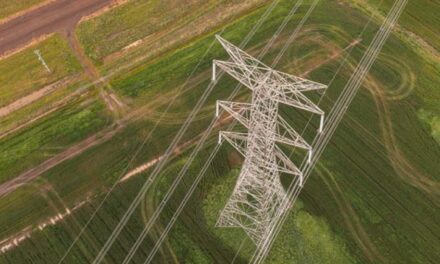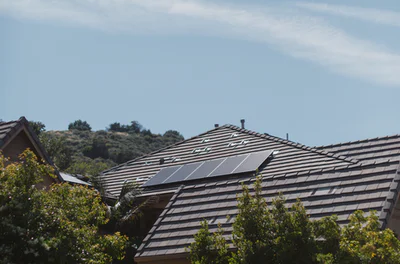Victor Szwed
We are seeing some pleasant spring weather with temperatures ranging from the teens to the high twenties. Unfortunately, Daylesford’s rainfall for the year to the end of October is only around 73% of the long-term average. October rainfall of 41mm was recorded on the Bureau of Meteorology (BOM) site, half the 79.3mm average.
The rainfall figures I quote are based on the BOM readings recorded for Daylesford at a local site. Readings can vary somewhat around the region and I that find that my weather station’s readings are sometimes different to the BOM. For instance, I recorded 63mm for October.
It is very clear that we are experiencing much drier than normal conditions this year. The BOM provides data on root zone moisture which shows that this is below average for this time of the year across most of Victoria and only 74% of average across Australia. This affects agricultural crops and pastures, particularly if dry conditions continue. Parts of the Mallee are experiencing a “Green Drought” where crops and pastures are green but ground conditions are dry and crops will dry out unless some good rains come.
The dry conditions also increase bushfire risks so it is important to prepare for summer now. Hepburn Shire Council is again providing free green waste disposal at their Transfer Stations.
Wednesday, this week saw very warm temperatures and strong winds creating dusty conditions. That shows how dry the ground surface is. Some thunder and lightening mid-afternoon only delivered 0.4mm of rain. Lightening strikes in these conditions can cause fires.
The BOM long-range forecasts have been predicting higher than normal rainfall for large parts of Australia for some months now. Yet our rainfall has been below average over the past three months. Hopefully we will see some good rains soon.
The CSIRO and BOM recently released their biennial State of the Climate report. It shows that average temperatures in Australia have increased by 1.5 degrees since 1910 and globally by 1.2 degrees since 1850. Sea temperatures have risen by 1.08 degrees since 1900.
The report states that bushfire conditions in Australia have become more extreme since 1950. Also, April to October rainfall has decreased by 9% since 1994. Heavy, short bursts of rain are becoming more intensive. The report states that sea levels have risen 22cm since 1900 with half of that since 1970. Polar ice and glaciers are melting at increasing rates.
Around the world, more extreme weather events are being experienced and are predicted to continue. Recently, parts of the Valencia region in Spain received a year’s worth of rain in just 8 hours. More than 200 people were killed and many buildings and bridges were swept away.
Victor Szwed is a Daylesford resident who contributes a monthly weather update to The Wombat Post.





